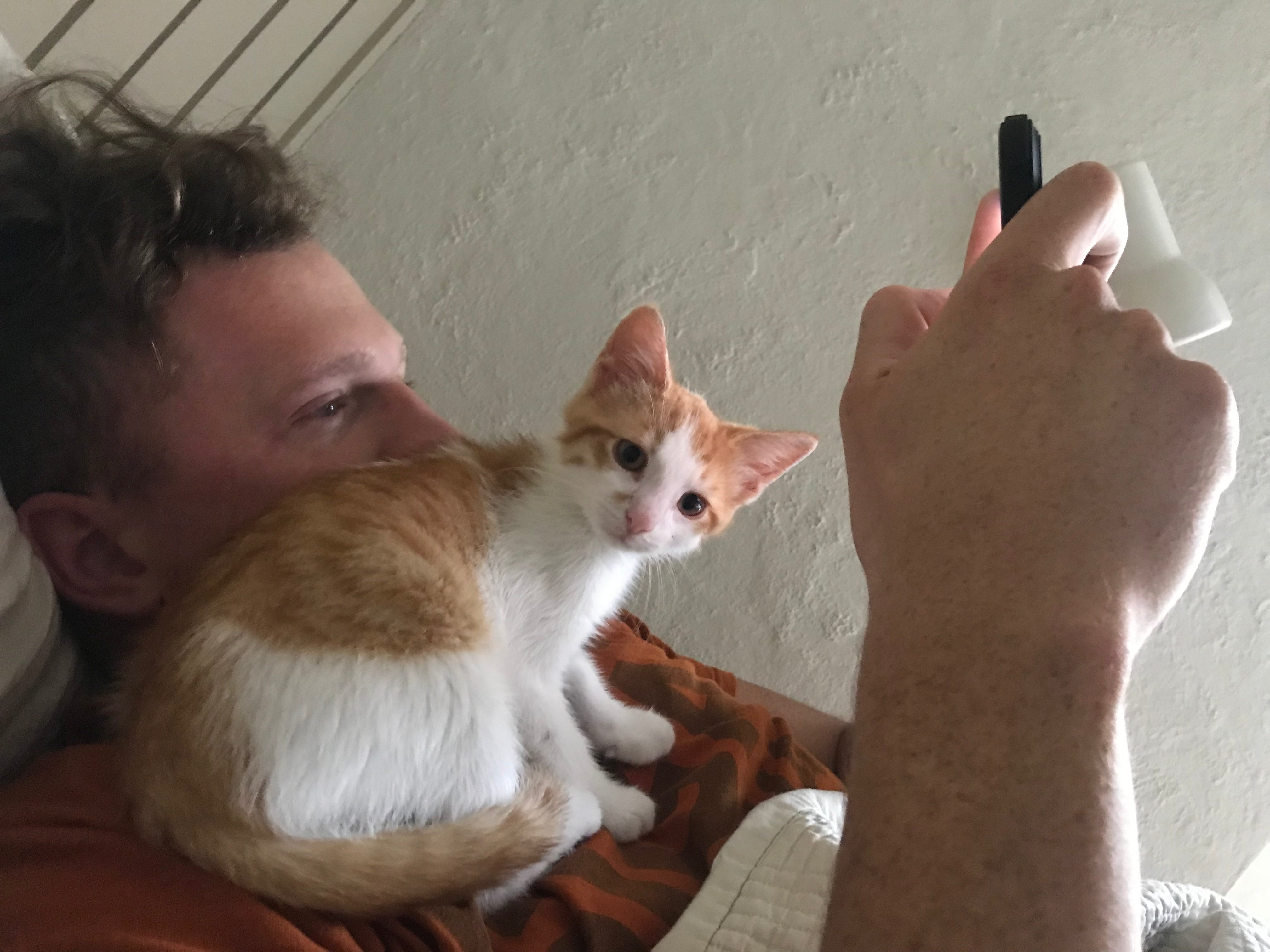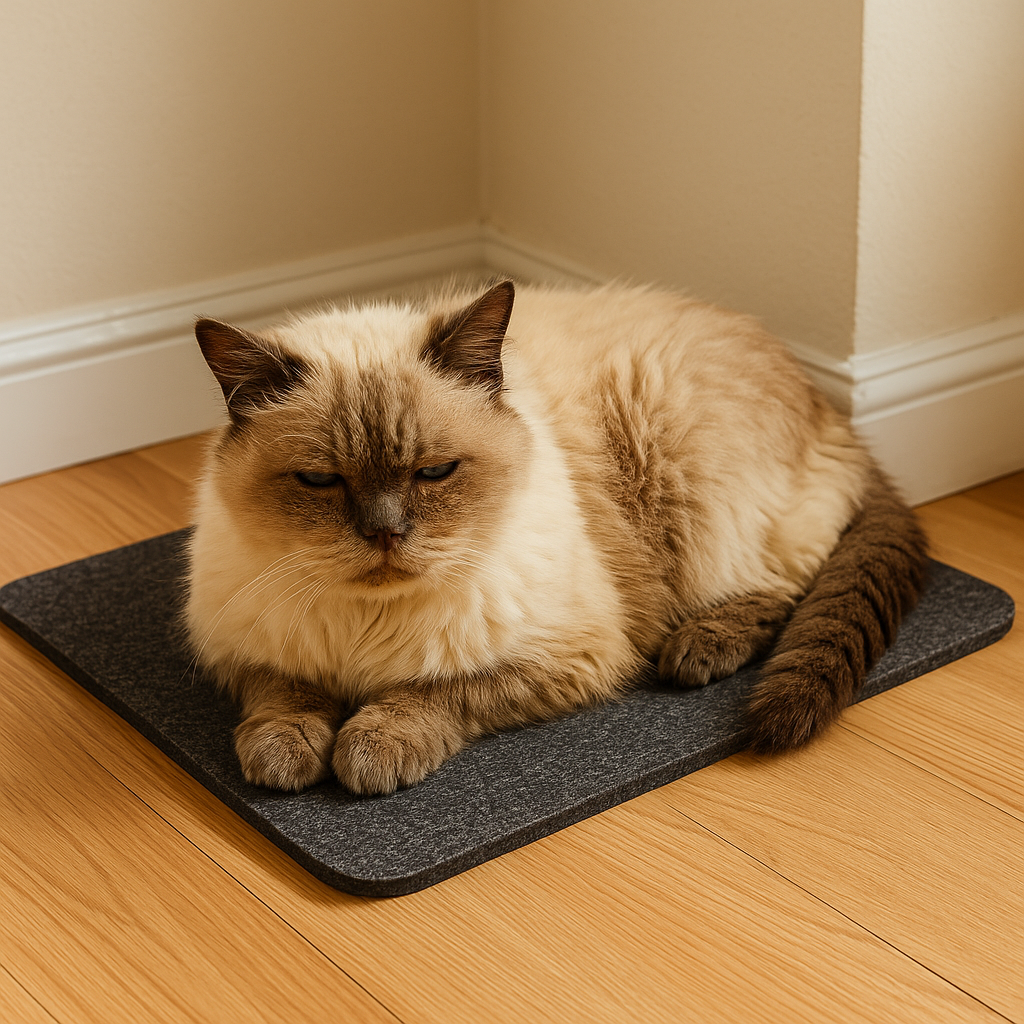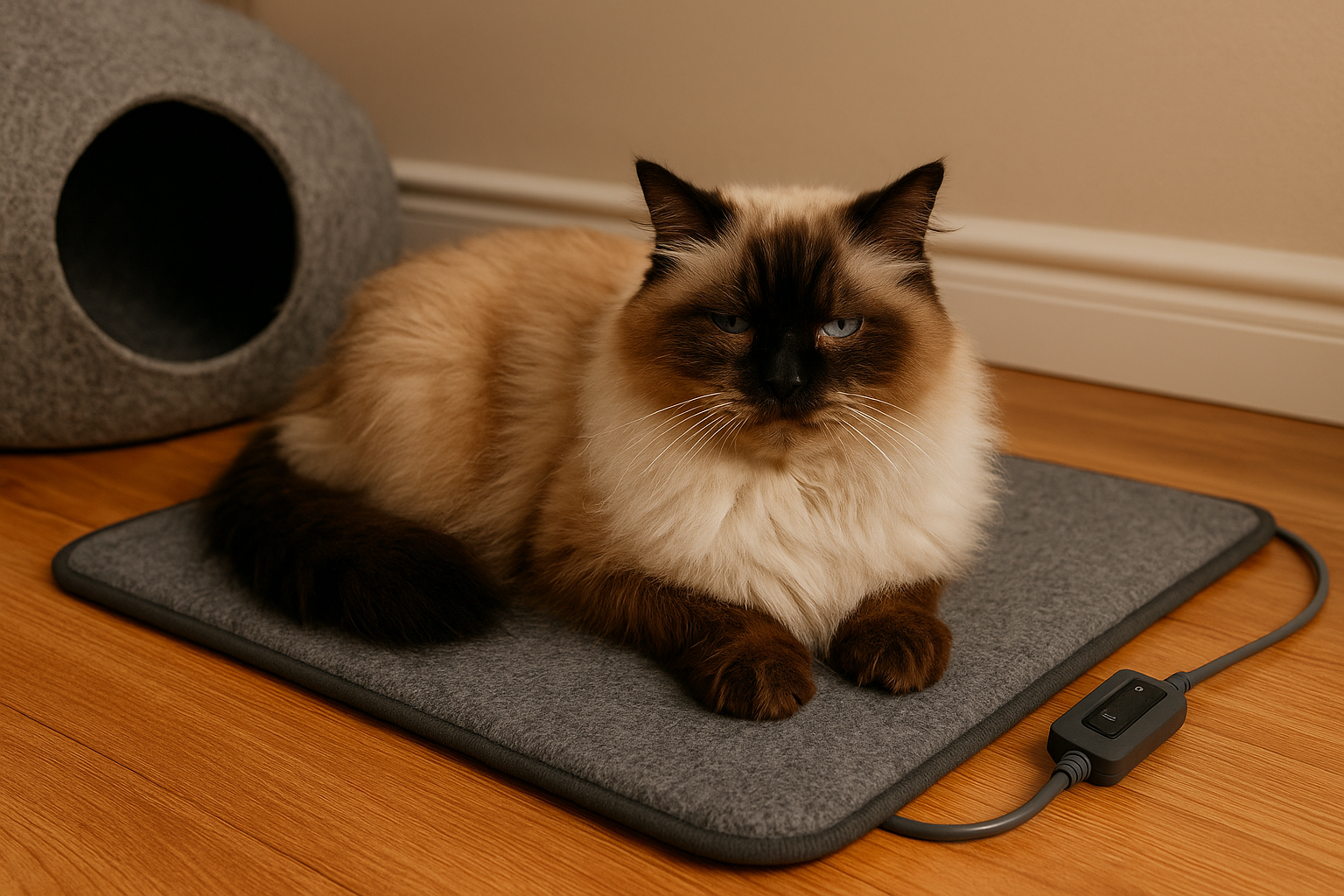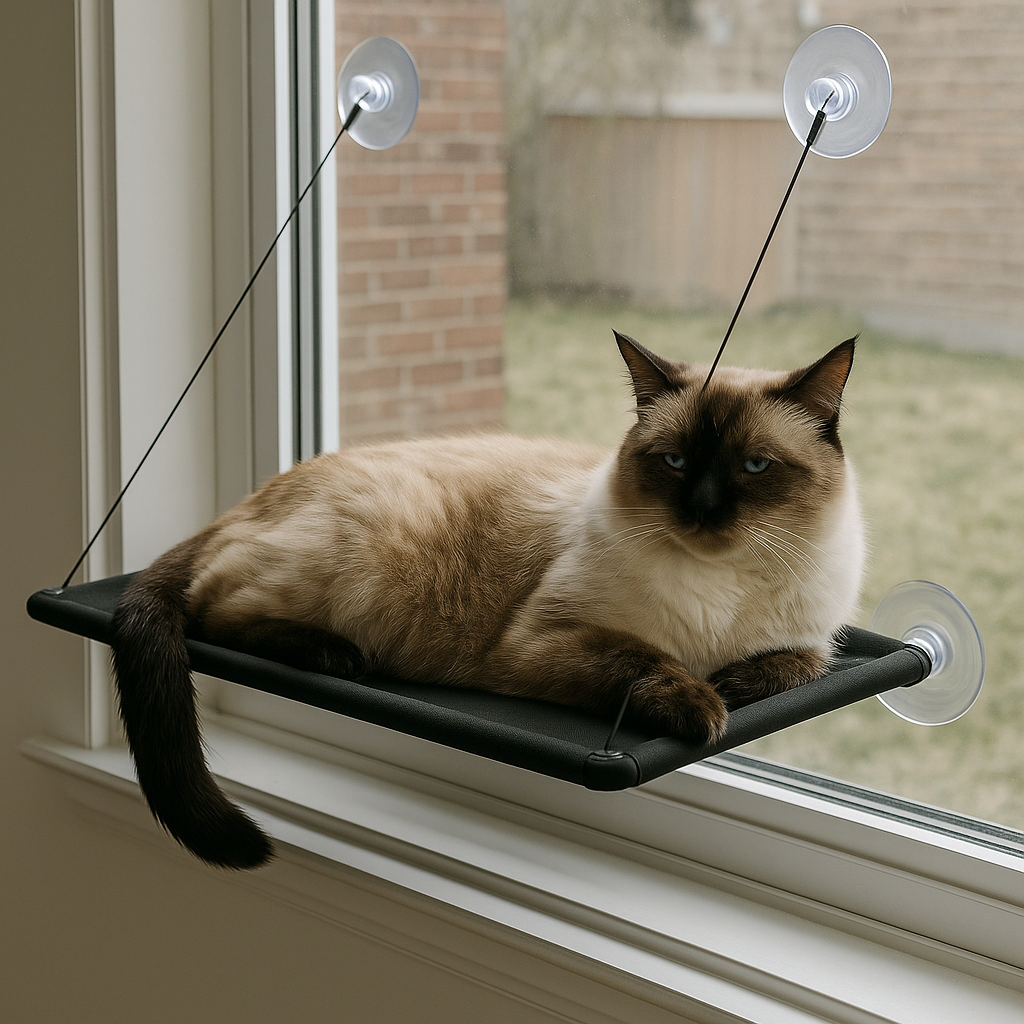Cat Dental Health 2025: Signs, Prevention & Care Tips 🦷🐱
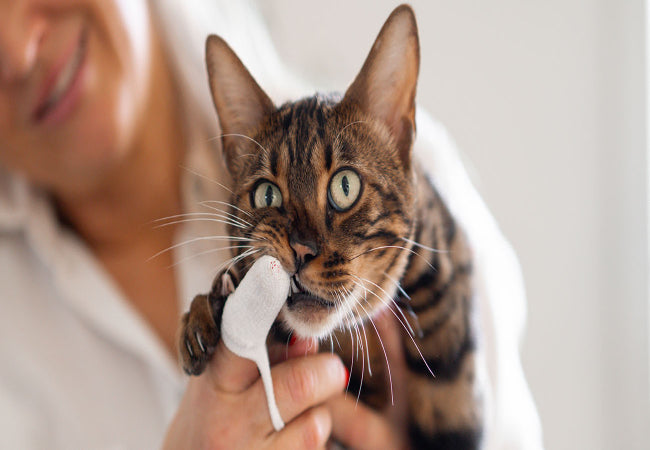
In this article
Cat Dental Health 2025: Signs, Prevention & Care Tips 🦷🐱
By Dr. Duncan Houston BVSc
Maintaining your cat’s oral health is crucial for their overall well-being. Dental problems, including gingivitis and periodontal disease, are common in cats. Left untreated, these issues can lead to pain, difficulty eating, and even systemic health problems affecting organs such as the heart and kidneys. Early detection and prevention are key to keeping your cat healthy and comfortable.
Signs Your Cat May Need Dental Care
Cats are masters at hiding pain, so it’s important to watch for subtle signs of dental issues. Here’s what to look for:
1. Bad Breath
-
While cats naturally have some odor, foul or unusually strong breath may indicate oral disease.
-
Bacteria buildup in the mouth is often the first sign of dental problems.
2. Changes in Eating or Chewing Habits
-
Avoiding hard food, favoring one side while chewing, or dropping food can indicate oral discomfort.
-
Cats may eat less or show reluctance to eat certain types of food.
3. Excessive Drooling or Dropping Food
-
Drooling more than usual or saliva dripping from the mouth can signal dental disease or oral infection.
-
Food dropped while eating may also indicate discomfort or pain.
4. Loss of Appetite or Weight Loss
-
Painful teeth or gums can make eating difficult, leading to reduced food intake and gradual weight loss.
5. Pawing at the Mouth or Face
-
Cats may paw at their mouth or face due to discomfort or irritation, which can indicate dental issues.
6. Visible Changes in the Mouth
-
Discolored teeth (yellow or brown) or visible tartar buildup
-
Red, inflamed, or bleeding gums, often a sign of gingivitis
-
Fractured or missing teeth
-
Sores or lesions inside the mouth
-
Blood on chew toys, toothbrushes, or in saliva can also be a warning sign.
Gingivitis usually starts at the gum line and may spread if untreated. Gums can appear swollen, bleed easily, or recede, making teeth look longer.
7. Behavioral Changes
-
Irritability, withdrawal, decreased social interaction, or depression can be subtle signs of oral pain.
If you notice any of these symptoms, schedule a veterinary visit promptly. Your vet can perform a thorough oral examination and provide professional cleaning under anesthesia if needed.
Preventing Dental Disease
Regular at-home dental care can significantly reduce the risk of dental issues. Consider these strategies:
1. Brushing
-
Brush your cat’s teeth daily, using pet-friendly toothpaste.
-
Start slowly, letting your cat get used to the process before attempting a full brushing.
2. Dental Chews and Toys
-
Provide chew toys or treats designed to clean teeth and reduce plaque buildup as your cat chews.
3. Oral Rinses and Water Additives
-
Use vet-recommended oral rinses or water additives to maintain hygiene and prevent bacterial buildup.
4. Routine Vet Check-Ups
-
Regular veterinary visits help catch dental issues early.
-
Some cats are more prone to dental problems due to breed, age, diet, or genetics.
🐾 Key Takeaways
-
Early detection is critical—cats hide pain, so subtle signs are important.
-
Prevention is easier than treatment—establish a dental care routine at home.
-
Professional care is essential—regular vet check-ups can prevent serious complications.
Prioritizing your cat’s dental health ensures comfort, good nutrition, and a longer, healthier life. A little daily effort goes a long way in keeping those purrs happy and pain-free!




